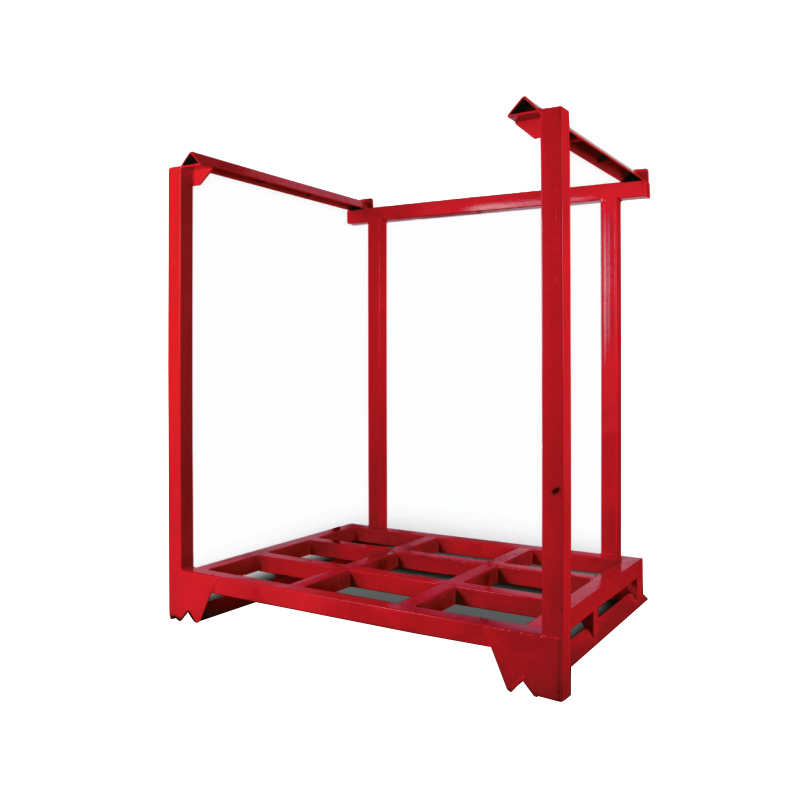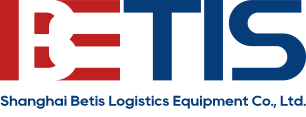Choosing the right warehouse storage system can directly impact how efficiently a facility operates, and two commonly considered options are stacking racks and traditional pallet racking. Although both aim to organize goods vertically and optimize space, their structure, flexibility, and long-term performance differ significantly. Understanding these differences is crucial for businesses seeking to align their storage investments with actual operational demands.
Stacking racks are known for their mobility and modular design. Unlike fixed pallet racking systems, stacking racks can be easily moved, reconfigured, or stored away when not in use. This makes them particularly valuable in environments with seasonal inventory changes or frequent layout adjustments. The ability to quickly adapt the warehouse floor without heavy installation work or permanent fixtures is one of the core reasons customers choose stacking racks.
Pallet racking, on the other hand, is ideal for static storage environments with consistent inventory volume and standardized pallet sizes. Its rigid framework provides strong load support and is typically bolted or anchored to the ground, which ensures stability but limits flexibility. Installing pallet racks usually requires more planning, skilled labor, and permits in some jurisdictions, which increases initial setup costs and lead time. Stacking racks, by contrast, offer a plug-and-play experience with minimal downtime and fast deployment.

In terms of load capacity, both systems are built to handle industrial weight, but the difference lies in how they distribute stress. Pallet racking relies on horizontal beams supported by upright frames, while stacking racks typically stack directly on one another, transferring weight vertically through the posts. As a result, stacking rack systems may require careful stacking techniques to ensure even load distribution and overall stack stability, especially when dealing with non-uniform or fragile goods.
A major advantage of stacking racks is the way they support short-term logistics needs. Temporary overflow storage, cross-docking zones, or production staging areas benefit greatly from the flexibility stacking racks provide. They're also easy to remove or relocate if floor space needs to be cleared for special projects or large equipment. Pallet racking, once installed, locks a layout into place and demands more effort to modify, which can be a limiting factor in fast-paced operational environments.
Cost efficiency depends on how long the storage solution will be used and how dynamic the warehouse environment is. Stacking racks may appear slightly more expensive per unit due to their structural design and portability features, but they save money over time in relocation costs, labor, and layout changes. Businesses scaling rapidly or managing varied inventory find stacking racks to be a smart long-term choice, thanks to their ability to grow and move with the operation.
Another consideration is maintenance and durability. Stacking racks are usually made from heavy-duty steel with powder coating for corrosion resistance, and because they’re not anchored, they tend to experience less stress at connection points. Pallet racking may suffer from upright damage due to forklift impact or seismic shifts, and repairing or replacing sections can be more complicated. This difference in daily wear and tear management often influences buyers who operate in high-turnover storage environments.
For facilities that handle non-standard goods or irregular shipment patterns, stacking racks offer greater customization potential. They can be designed with open or closed sides, detachable posts, or tailored footprints to meet specific product dimensions. Our factory has helped many clients create purpose-built stacking rack solutions that enhanced workflow and storage efficiency without the need for permanent infrastructure changes—just one of the ways we support flexible and scalable warehousing.
By understanding the practical differences between stacking racks and pallet racking, decision-makers can match the right solution to their operational style and future growth plans. As a manufacturer committed to smart storage, we’re ready to help you design systems that don't just store goods, but improve the way your space works.
